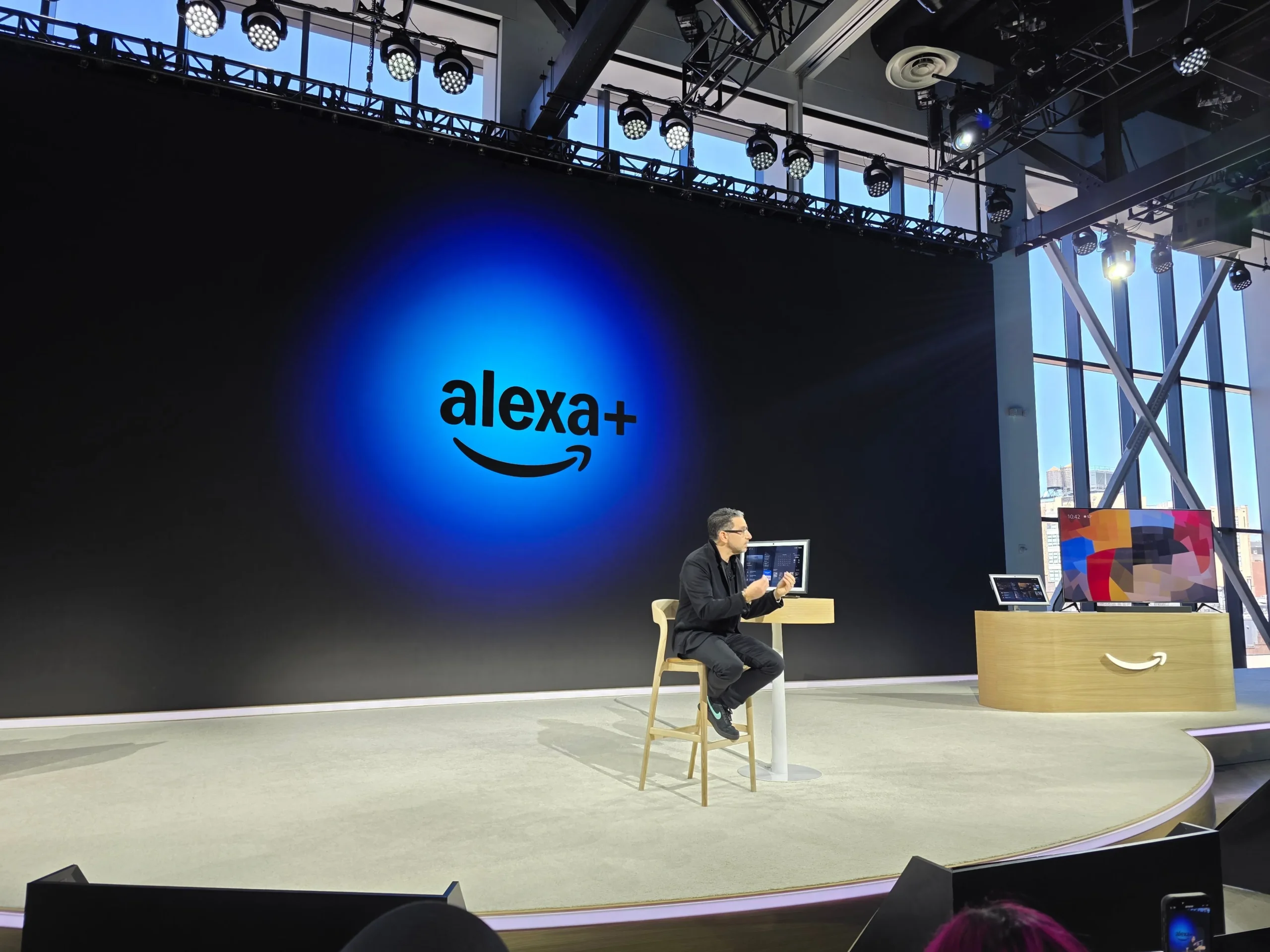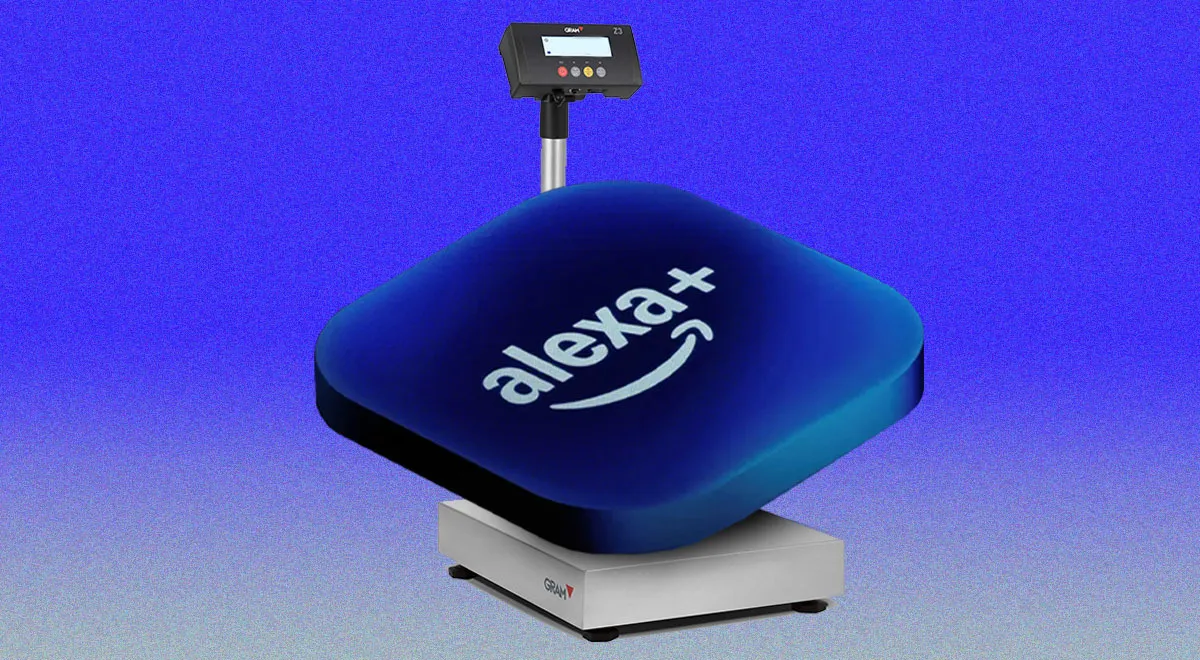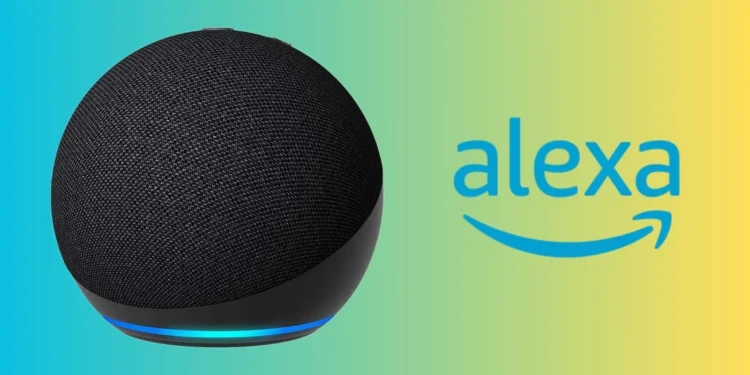“The most profound technologies are those that disappear.” That quote from tech visionary Mark Weiser wasn’t just poetic—it’s the blueprint that tech giants like Amazon are now following. With Alexa+, Amazon’s voice assistant isn’t just getting smarter; it’s evolving into something far more intuitive and powerful: a true ambient interface.

Ambient computing, long romanticized in sci-fi classics like Star Trek, is the idea that technology should fade into the background, helping us effortlessly without getting in the way. When Captain Kirk would casually say, “Computer, locate Mr. Spock,” it wasn’t just about voice commands—it was about context, understanding, and intent. That’s the dream. And Alexa+ is bringing us tantalizingly close to it.
The Original Vision: Calm, Invisible Tech
Back in 1988, Mark Weiser coined the term “Ubiquitous Computing” at Xerox PARC, laying the foundation for the ambient tech revolution. He and colleague John Seely Brown described what they called “Calm Computing.” The idea was elegant:
- The best computers quietly help you do something else.
- Technology should extend your intuition.
- Smart tech doesn’t scream for your attention—it calms you.
It’s this philosophy that Amazon seems to have fully embraced with Alexa+.

Alexa’s Evolution: From Novelty to Necessity
When Alexa first hit the market in 2014, it wasn’t the only voice assistant on the block. Siri and Cortana were already making waves, and Dragon had been turning speech into text for years. But Alexa wasn’t just another voice tool—it was a platform. An open-ended, developer-friendly playground for voice innovation.
Builders could hack together Alexa-powered devices with Raspberry Pis, cheap mics, and $5 speakers. “I remember building my first DIY Alexa device,” recalls one developer. “It cost less than $50 and I had it working in under an hour.” The early excitement wasn’t about polish—it was about possibility.
The Growing Pains of Voice Tech
Of course, the road to ambient computing wasn’t smooth. The early Alexa “skills” were like command-line prompts from the ‘70s—just voice-controlled. Developers had to create giant lists of precise phrases, and users had to memorize clunky commands like, “Alexa, ask [skill name] to [do something].”
It wasn’t natural. It wasn’t conversational. But it was a start.

Over time, Amazon added features like name-free interactions and multi-turn dialogs, trying to make things flow more smoothly. Still, the system was built on rigid rules and pattern matching. You said X, Alexa looked up Y. There was little room for nuance or human unpredictability.










